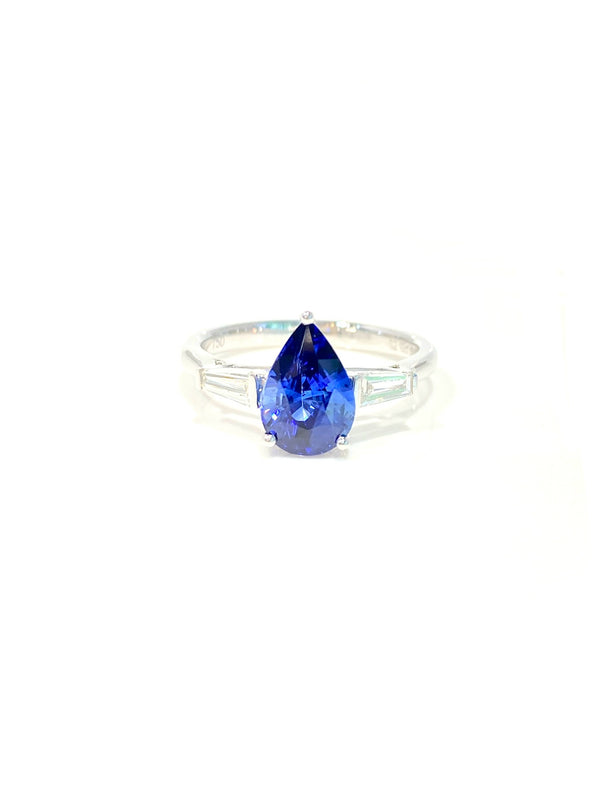How to Care for Your Emerald Jewelry: Tips for Longevity
How to Care for Your Emerald Jewelry: Tips for Longevity
Blog Article
A Guide to Choosing the Perfect Emerald Engagement Ring
Emeralds are among the most interesting jewels, celebrated not just because of their impressive green color but additionally for their geological story. These valuable stones participate in the beryl family, which also incorporates aquamarine and morganite. What makes tourmaline particularly interesting is the initial combination of situations necessary for their development, along with the features that set them besides other gemstones.
Formation of Emeralds
Emeralds type below specific geological situations over countless years. Their formation on average happens in metamorphic stones, which are shaped from the alteration of active stones due to temperature and pressure. The fundamental materials for emerald development contain beryllium, aluminum, silica, and a mixture of other components, especially chromium and vanadium. These trace components give emeralds their characteristic green hue.

The method starts in hydrothermal veins, where mineral-rich heated water percolates through chips in the rock. As the water cools, beryllium-rich vitamins crystallize. When chromium or vanadium is present, they replace a number of the beryllium in the crystal lattice, resulting in the brilliant natural color which is why emeralds are renowned. That complicated interplay of elements is why is the gem not only lovely but additionally relatively rare.
Emerald remains are present in many regions around the world, with Colombia being the most famous source. The initial geological problems in the Andes hills produce the ideal atmosphere for making a number of the highest-quality emeralds. Other notable options contain Zambia, Brazil, and Afghanistan, each contributing distinctive characteristics for their emeralds predicated on local nutrient content and formation processes.
Distinctive Features of Emeralds
One of the very most special options that come with emeralds is their understanding, or lack thereof. Many emeralds include inclusions, frequently referred to as jardin, a German expression meaning backyard, which explains the elaborate central habits shaped by the trapped minerals. These inclusions, while sometimes considered as flaws, can boost the gem's personality and originality, creating each emerald one-of-a-kind.
The hardness of emeralds, scored at 7.5 to 8 on the Mohs range, also units them apart. While they're tough enough for daily wear, their internal breaks could make them more susceptible to damaging compared to other gemstones like diamonds. This duality gives to their appeal: they are both important and delicate.

Furthermore, emeralds display a phenomenon called pleochroism, allowing them to produce various colors when seen from different angles. That quality can make a magical degree and complexity in the rock, interesting jewel enthusiasts and lovers alike.
Finally, the symbolic significance of emeralds can't be overlooked. For the duration of history, they've been associated with renewal, fertility, and love. Their wealthy natural color evokes the vibrancy of nature, putting to their appeal.
Realization
Emeralds are not only beautiful gemstones; they're the result of a exciting geological process and possess special functions that produce them stand out. Knowledge the science behind their formation and the features that establish them deepens our gratitude for these important stones, creating them a treasured improvement to any collection.
Report this page